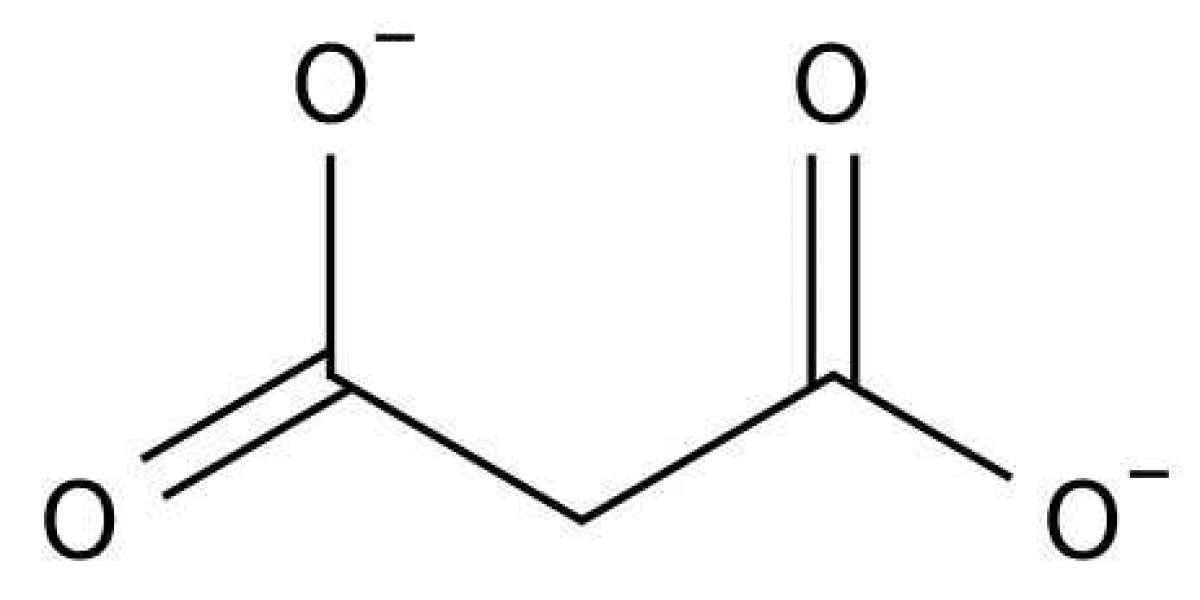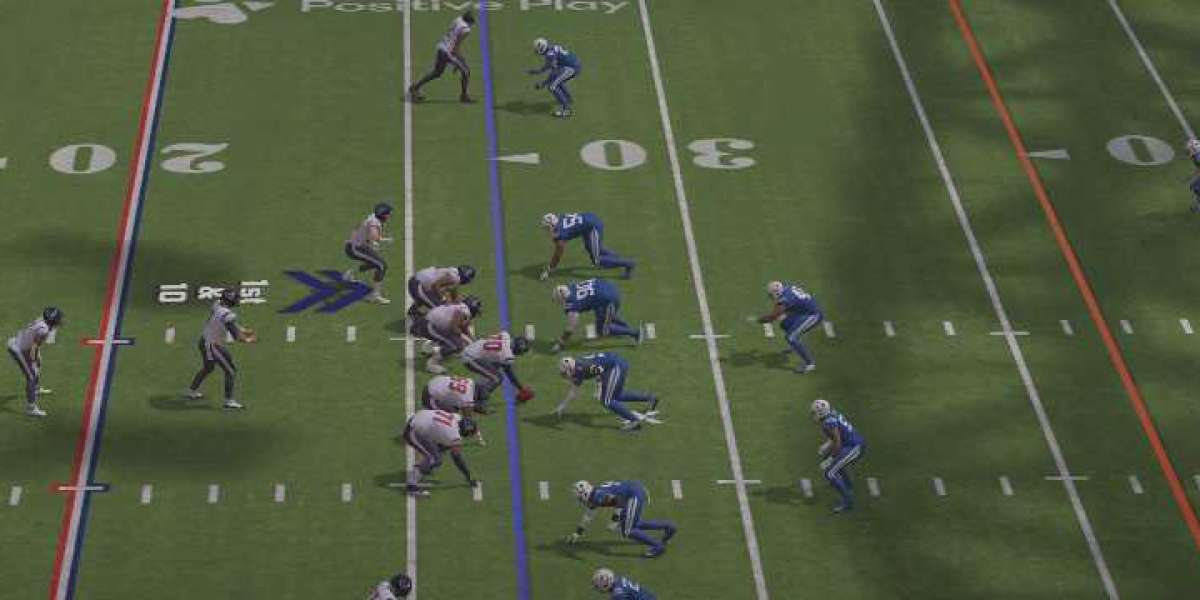Previous studies demonstrated that pre-treatment with malonate, a reversible inhibitor of succinate dehydrogenase, given before ischaemia, reduces infarct size. However, it is unknown whether administration of malonate may reduce reperfusion injury.
Although the main sources of ROS in the myocardial mitochondria are mitochondrial complexes I and III,12 some studies have suggested that inhibition of succinate dehydrogenase (mitochondrial complex II) may also reduce ROS production.13,14 Atpenin A5, a proposed potent inhibitor of succinate dehydrogenase, was protective against simulated ischaemia–reperfusion in isolated rat cardiomyocytes and hearts.15 However, the mechanisms of action of atpenin A5 are not clear and could be related to actions on mitochondrial ATP-dependent K+ channels.15 In a recent work, Chouchani et al.14 have demonstrated that reversible succinate dehydrogenase inhibition with malonate before ischaemia results in a reduction in infarct size in an in situ, open-chest, mice model of cardiac ischaemia–reperfusion, an effect associated with a reduction in ROS production.14 However, administration before ischaemia does not allow to discriminate the effects on ischaemia from those on reperfusion, and is not possible in patients with STEMI. The aim of this work was to determine whether reversible inhibition of succinate dehydrogenase with malonate during reperfusion may reduce reperfusion injury in isolated mice hearts and to study the mechanisms involved.
Forty-four hearts were submitted, after a period of 30 min of equilibration, to 35 min of global ischaemia followed by 60 min of reperfusion, as described previously.16 In a first set of experiments, hearts were pre-treated, for 15 min before ischaemia, without (n = 8) or with 1 (n = 7), 3 (n = 7), or 10 (n = 7) mmol/L of malonate, which was continued for the entire reperfusion. In a second set of experiments, the effects of malonate given only during reperfusion were assessed, in hearts treated with either control buffer (n = 8) or Krebs containing malonate 3 mmol/L (n = 7), during its first 15 min. This concentration was in the range of the EC50 determined in the concentration–response curves under normoxic conditions. In eight additional experiments, and in order to test a possible involvement of MPTP opening on malonate actions, the effects of cyclosporine A (0.5 μmol/L), administered during the first 5 min of reperfusion, on infarct size were compared with results obtained in a control group (n = 4 per group).



